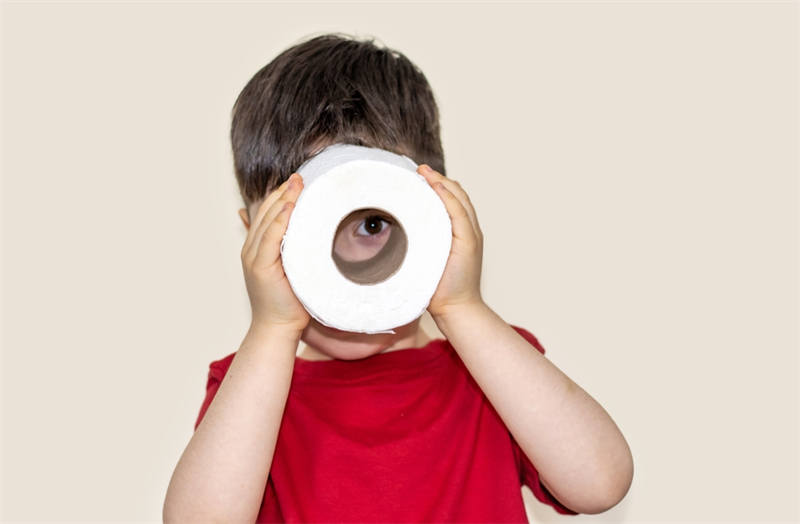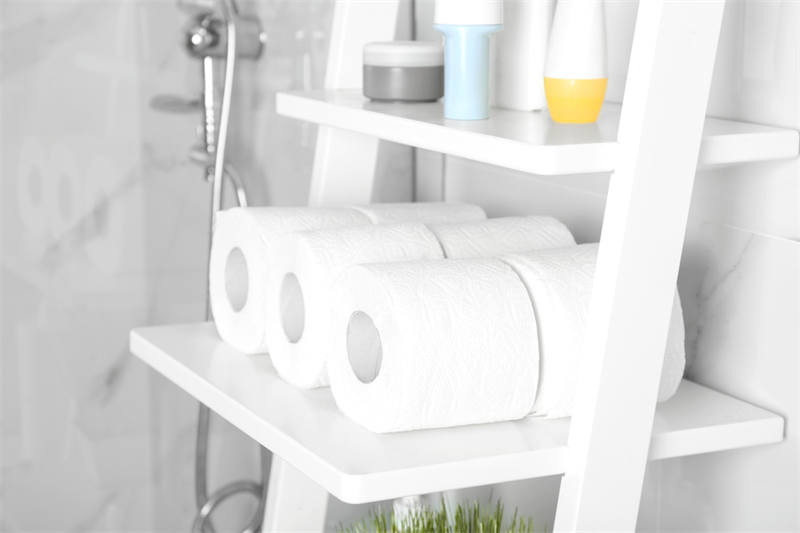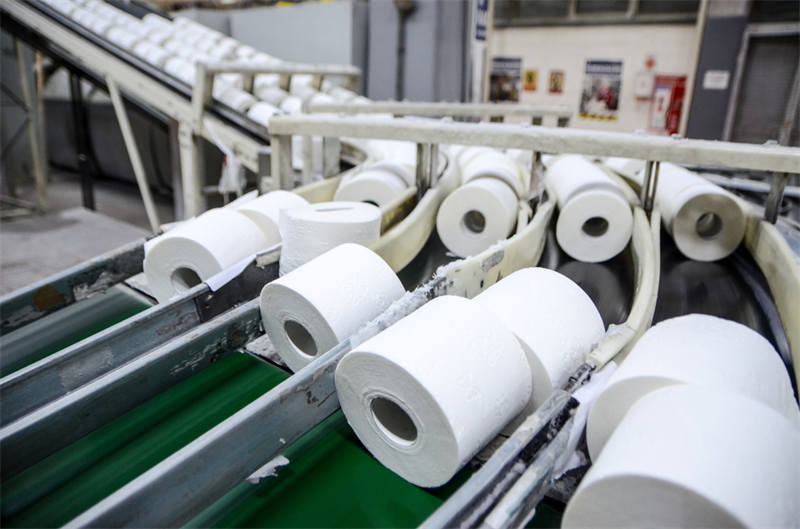Toilet paper is an essential commodity in modern life, yet few understand its creation process. This guide will walk you through its production, from raw materials to final product, while addressing environmental and market aspects. Curious about how toilet paper is made? This guide reveals the journey from pulping to packaging, as well as eco-friendly alternatives to aid sustainability. From raw wood to your bathroom, we’ll uncover the steps, environmental impacts, and market trends of toilet paper.
How Do Trees Become Toilet Paper?
Toilet paper starts as wood pulp from softwood and hardwood trees. Our process involves debarking, chipping, cooking, and bleaching to produce durable sheets.
Transforming wood into paper involves several steps: pulping, screening, refining, and bleaching. These ensure strength and softness.
Every sheet begins with sustainable forestry practices and advanced processing techniques to meet global demand.
Understanding how trees become toilet paper reveals the complexity of modern manufacturing, where sustainability meets demand. From the careful selection of tree species to the precise engineering of pulp processing, every stage is designed to balance quality and environmental stewardship.
Let’s dive deeper into the process:
- Debarking: The production of toilet paper rolls begins with two main raw materials: virgin wood pulp and recycled paper. Virgin pulp is derived from softwood trees such as pine, fir, and spruce. These trees provide the long, durable fibers necessary to create strong, soft toilet paper rolls. Alternatively, recycled toilet paper roll is made from post-consumer and industrial waste paper, giving it an eco-friendly edge by repurposing materials that would otherwise end up in landfills.
- Pulping: Creating the Slurry: Once the raw materials are sourced, they undergo the pulping process. For virgin wood pulp, the wood is debarked and then chipped into small pieces. These wood chips are boiled in water and chemicals, breaking them down into a fibrous slurry. This slurry is the foundation of the paper.
- Bleaching and Softening: To achieve the characteristic whiteness and softness of toilet paper rolls, the pulp is bleached and softened. Bleaching removes any remaining lignin (a substance found in wood that makes it rigid) and enhances the pulp’s color. Softness is achieved by refining the fibers during the bleaching process, making the resulting paper more comfortable for consumer use.
-
Pressing, Drying, and Embossing: After the pulp is cleaned, it’s spread onto mesh screens to remove excess water, then dried using steam-heated rollers. The paper is then embossed, which adds texture and strength, improving softness and absorbency. For multi-ply toilet paper, embossing also bonds the layers together. The pressing and drying stages are essential for creating the right balance between strength and softness.
-
Converting Paper into Rolls: Once embossed, the paper is wound into large “parent rolls” and then cut into smaller rolls. Perforation is applied to make it easy for consumers to tear sheets off. After cutting, the rolls are packaged for shipment. The process is automated to ensure consistency and efficiency.
These steps are meticulously crafted to ensure the final product is both durable and soft. The manufacturing process is a testament to human ingenuity, turning raw materials into something as essential as toilet paper.
For more details on the toilet paper manufacturing process, you can visit this detailed guide.
The journey from tree to toilet paper is a fascinating blend of tradition and innovation, ensuring that we meet the world’s needs without compromising the planet’s future.

What Makes Recycled Paper Production Different?
Recycled toilet paper stands out for its eco-friendly approach, significantly reducing the need for virgin wood pulp. Our process transforms waste materials into new sheets through deinking, pulping, and screening—turning what would otherwise be discarded into a valuable resource.
These eco-friendly methods not only conserve natural resources but also play a crucial role in environmental conservation. The journey from waste to toilet paper involves multiple stages of cleaning and processing, ensuring the final product meets high-quality standards while maintaining its environmental benefits.
By reusing materials, we diminish deforestation and pollution, supporting a greener future.
Exploring the Process:
- Collection and Sorting: Waste paper is gathered and sorted based on type and quality.
- Deinking: Ink and other contaminants are removed to produce clean pulp.
- Pulping: The cleaned waste is broken down into individual fibers.
- Screening: Any remaining impurities are filtered out to ensure pulp consistency.
- Forming: The pulp is shaped into sheets and dried to create the final product.
This meticulous process ensures that recycled toilet paper is not only environmentally friendly but also comparable in quality to traditional products. By choosing recycled options, consumers help reduce the demand on forests and lower greenhouse gas emissions associated with manufacturing.
Learn more about sustainable toilet paper alternatives and how they’re shaping the future of this everyday essential.
The shift toward recycled materials is a significant step toward sustainability, proving that even small changes in our daily choices can have a meaningful impact on the planet.

What Are The Environmental Impacts of Production?
Toilet paper production, while essential, comes with significant environmental costs. It requires vast amounts of energy and water, impacting fragile ecosystems and water resources. However, we are dedicated to minimizing our ecological footprint through innovative sustainable practices.
Our efforts include harnessing biogas for energy and implementing water recycling systems. These methods not only reduce our environmental impact but also ensure that the quality of our products remains uncompromised. Modern factories are continuously adapting with cutting-edge solutions to lower water and energy consumption while maintaining high standards.
By adopting eco-friendly methods, we help preserve natural resources for future generations.
Diving Deeper into Sustainable Practices:
| Practice | Environmental Benefit |
|---|---|
| Biogas Energy | Reduces reliance on fossil fuels, lowering greenhouse gas emissions. |
| Water Recycling | Conserves water and reduces wastewater discharge into waterways. |
| Energy-Efficient Technology | Decreases overall energy consumption and operational costs. |
These practices not only benefit the environment but also set a precedent for responsible manufacturing. By prioritizing sustainability, we ensure that natural resources are preserved for generations to come.
For more insights into the environmental impact of toilet paper production, you can explore this detailed analysis: Environmental Impact of Toilet Paper Production.
Our commitment to eco-friendly production is a step toward a more sustainable future, proving that even in the production of something as everyday as toilet paper, we can make a meaningful difference.

How Is Consumer Demand Shaping Production?
The global toilet paper market is expanding rapidly, fueled by increasing awareness of hygiene and the rise of urbanization. As consumer preferences evolve, we closely analyze emerging trends—such as the demand for premium and eco-friendly products—to meet the diverse needs of our customers.
Consumers today are driven by a desire for sustainability, and this shift is driving innovation across our product lines and manufacturing processes. Market research indicates a steady rise in demand for environmentally responsible products, which has inspired us to innovate not only in our materials but also in our production methods.
Adapting to these trends ensures we remain a leader in the industry, committed to quality and sustainability.
Unpacking the Trend Drivers:
| Trend | Market Impact |
|---|---|
| Premium Products | Consumers are willing to pay more for softness, durability, and innovative features like scented or quilted textures. |
| Eco-Friendly Options | Higher demand for recycled, bamboo, and sustainable materials is reshaping production practices. |
| Convenience and Hygiene | Multi-ply sheets, wet wipes, and bulk packaging are gaining popularity due to their convenience and enhanced hygiene benefits. |
These trends are not just shaping consumer behavior but also pushing our industry to think creatively. By aligning our production with these shifts, we ensure that we meet the needs of today’s conscious consumers while staying ahead of the curve.
For a deeper dive into market trends, you can explore this detailed analysis: Global Toilet Paper Market Analysis.
Responding to consumer demand is not just about meeting current needs—it’s about setting the standard for what’s possible in the future. By listening to our customers and embracing innovation, we continue to lead the way in quality, sustainability, and customer satisfaction.

What Are The Most Common Production Questions?
Understanding how toilet paper is made often sparks curiosity about the materials, processes, and environmental considerations involved. From selecting specific tree species to the final packaging, every step in production adheres to strict guidelines that balance quality and sustainability.
Common questions about production include the types of trees used, the details of recycling processes, and the exploration of alternative materials like bamboo or sugarcane. These inquiries reflect a growing consumer interest in transparency and environmental responsibility.
Our commitment to transparency helps consumers make informed decisions about their paper products.
Diving Deeper into Your Questions:
| Question | Answer |
|---|---|
| What types of trees are used? | Softwood and hardwood trees are commonly used for their fibers, with species like spruce, pine, and eucalyptus being favorites due to their long fibers. |
| How is recycling handled? | Collected paper waste is deinked, pulped, and screened to create recycled toilet paper, reducing the need for virgin pulp and supporting sustainability. |
| What alternative materials are used? | Bamboo and sugarcane are popular alternatives for toilet paper production, offering a more sustainable option with faster growth rates compared to traditional trees. |
By addressing these common questions, we aim to not only satisfy your curiosity but also highlight our dedication to responsible and high-quality production practices.
For more insights into the production process and materials, you can explore this resource: Toilet Paper Market Analysis.
Transparency is at the heart of what we do, ensuring that every sheet of toilet paper reflects our commitment to quality, sustainability, and customer trust.
Conclusions
Toilet paper manufacturing is a complex process blending tradition and innovation. From raw materials to finished rolls, sustainability is key. By understanding production and choosing eco-friendly options, we can reduce environmental impact while meeting hygiene needs.


